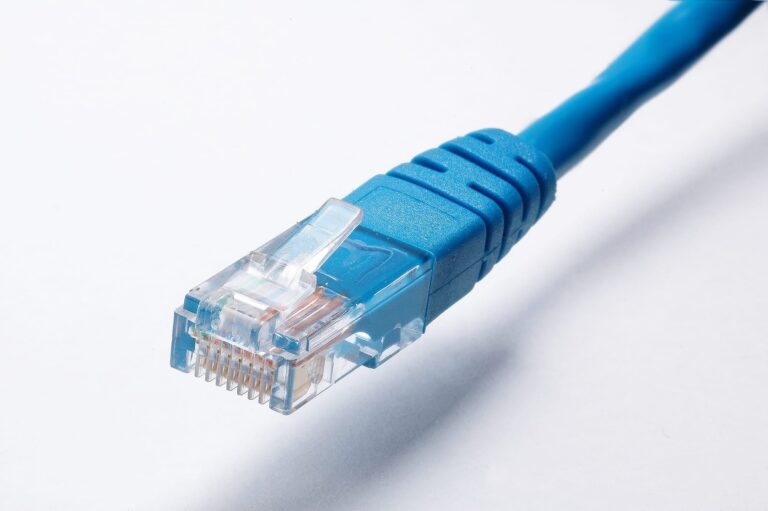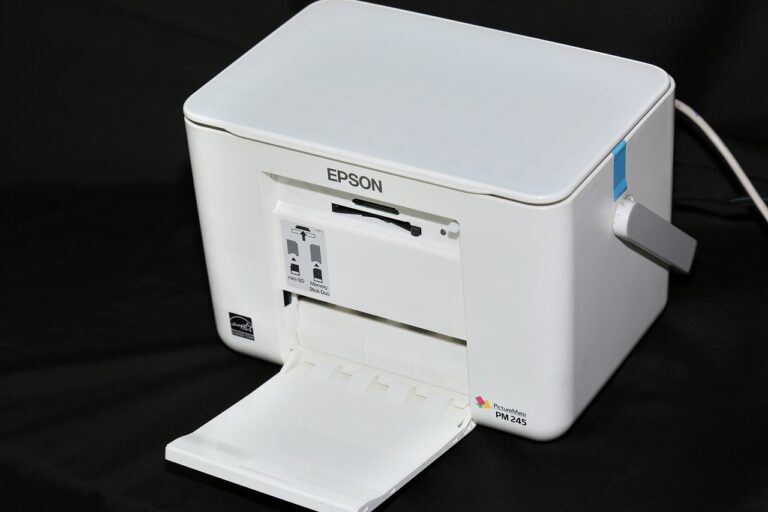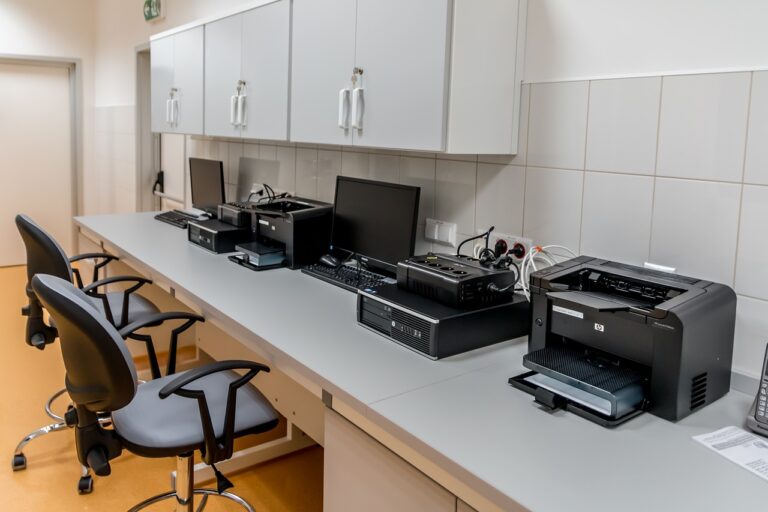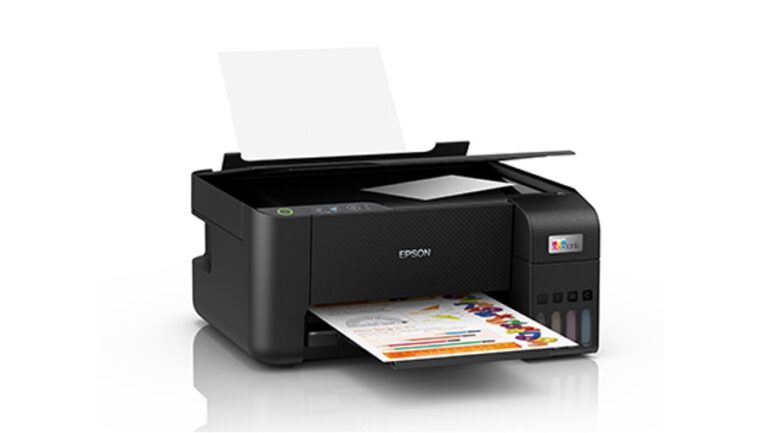Discovering the Best Printer for Printing Recharge Cards: India’s Currency Printing Legacy
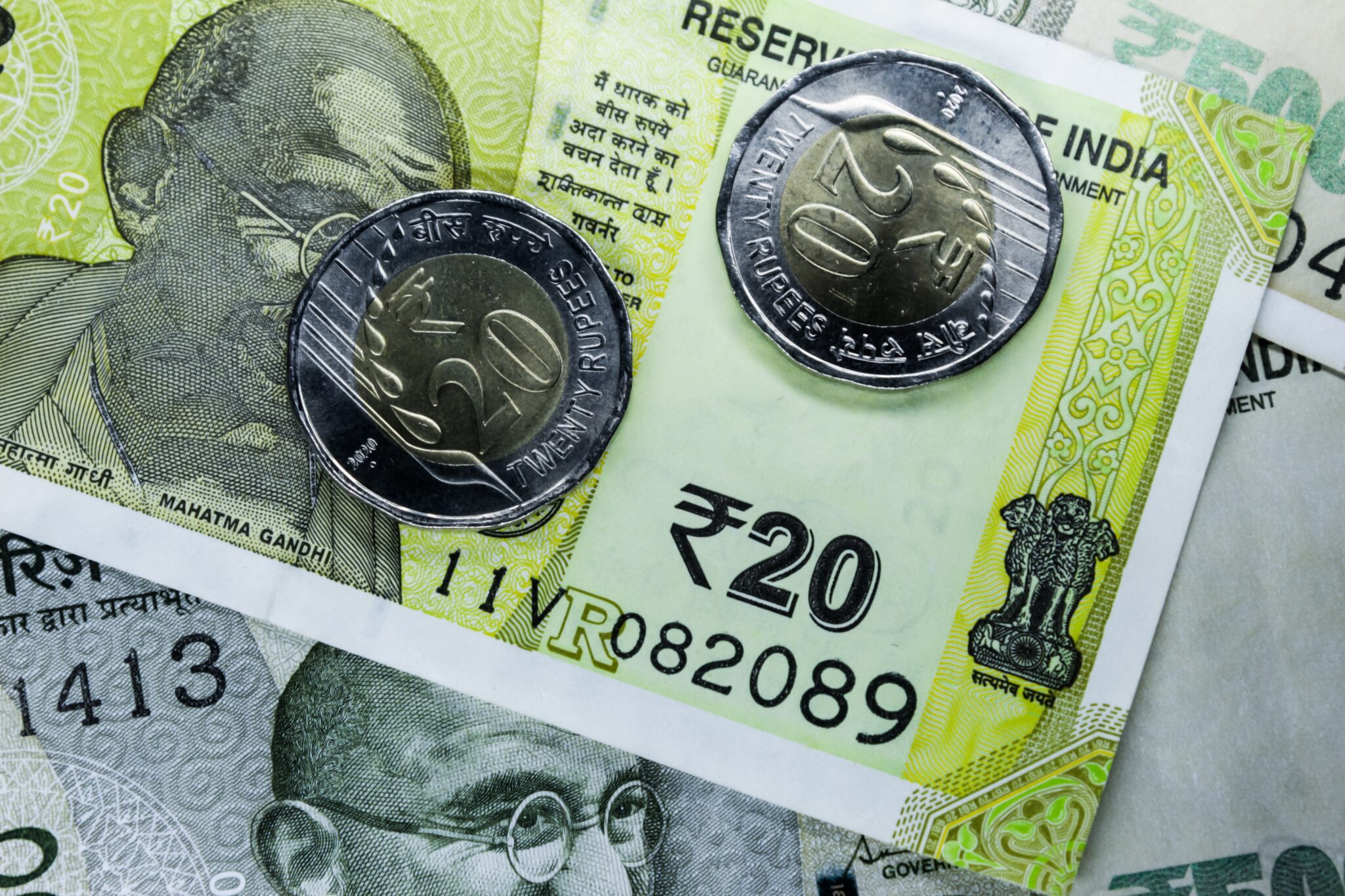
When it comes to printing recharge cards or currency notes, precision, security, and quality are paramount. India, with its rich history in the domain of currency printing and minting, offers a glimpse into the intricate world of this craft. Let’s delve deeper into the heart of India’s currency production units and understand their significance.
A Glimpse into Security Printing and Minting Corporation of India Ltd. (SPMCIL)
The Security Printing and Minting Corporation of India Ltd. (SPMCIL) stands as a testament to India’s commitment to producing high-quality currency notes and coins. With a legacy that dates back to the 18th century, SPMCIL has been at the forefront of India’s security printing and minting endeavors.
Historical Footprints
- In the 18th century, the minting of coins commenced at the Calcutta Mint. By 1790, with the introduction of modern machinery from England, a second mint was established, producing bronze, silver, and gold coins.
- Fast forward to 1918, the Mumbai Mint was declared a branch of the Royal Mint of London, leading to the minting of British sovereigns in India.
India’s Premier Currency Printing Presses
India is home to several state-of-the-art printing presses that have been instrumental in the production of currency notes. These include:
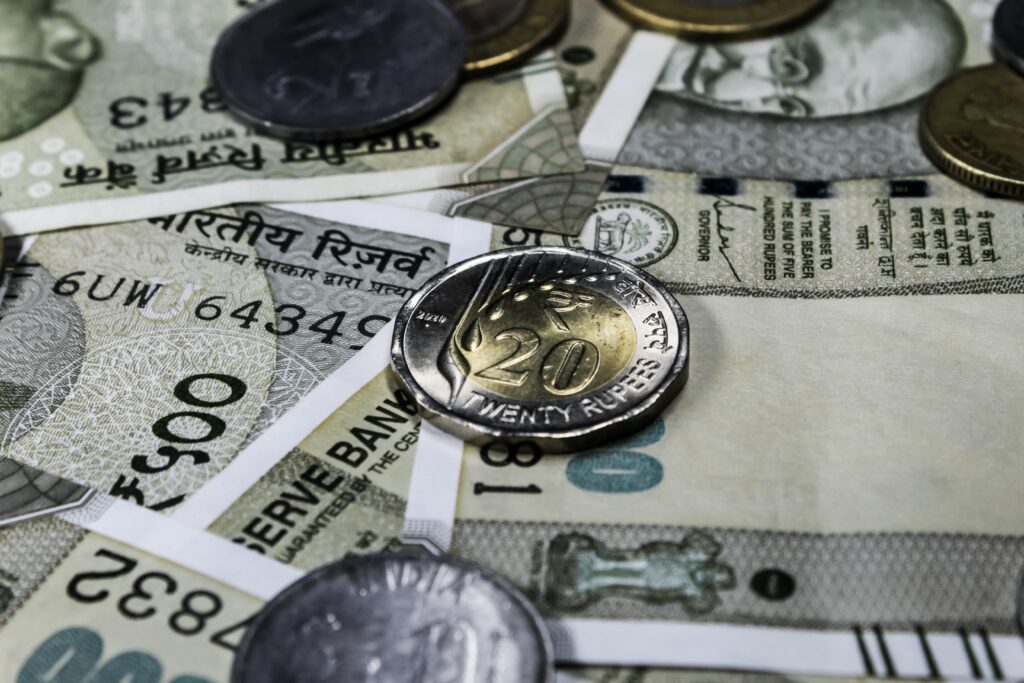
Currency Note Press (Nashik)
Located in the vibrant city of Nashik, this press is renowned for its advanced printing techniques and has been a significant contributor to India’s currency printing landscape.
Bank Note Press (Dewas)
The Dewas press, with its impeccable quality standards and security measures, plays a pivotal role in ensuring the integrity of India’s currency notes.
Security Printing Press (Hyderabad)
This press, situated in the tech city of Hyderabad, combines traditional printing methods with modern technology to produce notes of the highest quality.
Minting Excellence: India’s Coin Production
While notes are printed, coins are minted. India boasts four operational mints that are responsible for producing a variety of coin denominations. These mints are located in:
- Mumbai
- Noida
- Kolkata
- Hyderabad
Choosing the Best Printer for Printing Recharge Cards
Given the expertise and advanced machinery at India’s currency printing presses, particularly the Currency Note Press in Nashik and the Bank Note Press in Dewas, businesses looking to print recharge cards can draw inspiration from these facilities. Their commitment to quality, security, and precision makes them exemplary models in the printing industry.
Conclusion
India’s journey in the realm of currency printing and minting is both fascinating and inspiring. For those in the recharge card printing business, understanding the intricacies of India’s currency production can offer valuable insights and set the benchmark for quality and security.
Frequently Asked Questions (FAQs)
1. What is the significance of the Security Printing and Minting Corporation of India Ltd. (SPMCIL)?
SPMCIL plays a pivotal role in India’s currency production, ensuring the printing and minting of high-quality currency notes and coins. With a history dating back to the 18th century, SPMCIL has been a cornerstone of India’s security printing and minting endeavors.
2. Where are India’s primary currency printing presses located?
India’s major currency printing presses are located in Nashik, Dewas, Hyderabad, and Mysore. These facilities are equipped with state-of-the-art machinery and adhere to the highest standards of quality and security.
3. How does India ensure the security of its currency notes?
India ensures the security of its currency notes through advanced printing techniques, specialized security features, and high-quality paper produced at the Security Paper Mill in Hoshangabad. Additionally, the printing presses and mints operate under strict security protocols to prevent counterfeiting.

